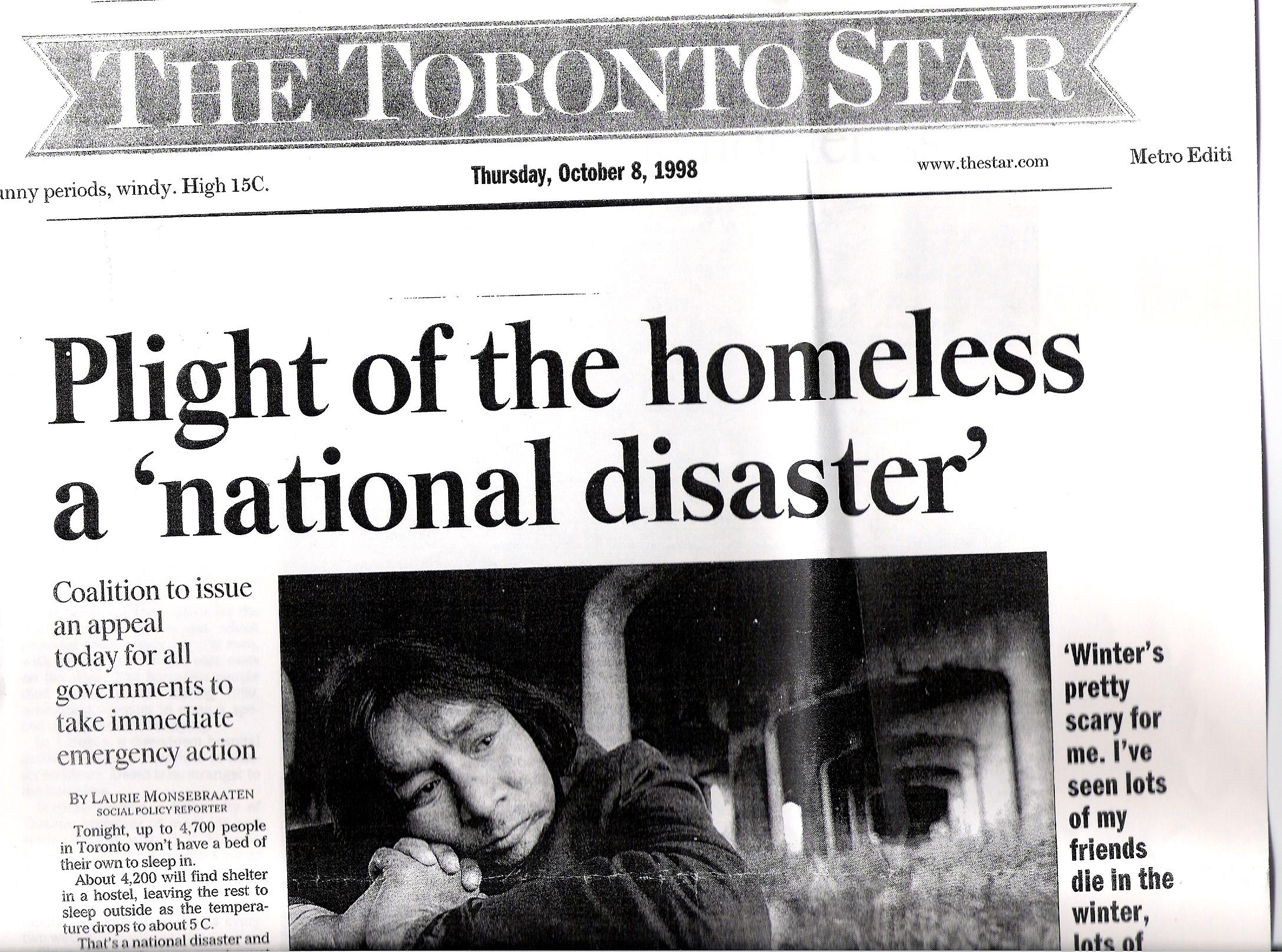Like this article? rabble is reader-supported journalism. Chip in to keep stories like these coming.
We didn’t need to see the Hollywood film Spotlight to know that investigative journalism makes a difference in the court of public opinion and social policy. Spotlight is the 2016 Oscar-winning film that chronicles the Boston Globe’s Spotlight team, which exposed the conspiracy between the Boston Archdiocese, lawyers and government officials to hide the extensive pedophilia by Catholic priests.
Worldwide, there are journalists and media outlets that have upheld the tradition of investigative journalism rooted in the values of democracy, social justice and human rights.
American Seymour Hirsch exposed the My Lai massacre and its cover-up during the Vietnam War. British journalist Robert Fisk has exposed the under-belly of militarism in war zones around the world. American Rachel Carson researched and wrote the historic Silent Spring on the dangers of pesticides, inspiring environmental movements.
We can proudly claim as our own Canadians Naomi Klein and Avi Lewis who, in true grassroots fashion, developed The Leap Manifesto that offers a historic opportunity to shift our future in the area of climate change and the environment, green jobs, justice for aboriginal communities and more.
Then there is the Toronto Star and its commitment to the six Atkinson principles, developed by the legendary Star publisher Joseph Atkinson. The principles have been described as promises that offer hope and inspiration. They include a commitment to a strong, united, and independent Canada, social justice, individual and civil liberties, community and civic engagement, the rights of working people, the necessary role of government.
In 1998 the Toronto Star ran a front-page headline, “Plight of the Homeless a National Disaster,” with a feature by the Star’s social policy reporter Laurie Monsebraaten. The story absolutely rocketed homelessness onto the national agenda. Homelessness was covered on page 1 for 11 days straight. The Star even assigned reporter Catherine Dunphy, for the first time in Canadian publishing history, to solely cover homelessness. Nationally, this was a tipping point, leading to federal government action and the launching of a new federal homelessness program.
In the subsequent years the Star has exposed tuberculosis outbreaks in the homeless population, ran pictures and stories of shelter conditions that don’t meet the United Nations standards for refugee camps, and, recently, the tragedy of homeless deaths.
Mary Ormsby and Kenyon Wallace’s investigative piece “Ontario’s Uncounted Homeless Dead,” laid out the tragedy of over 800 known homeless men, women and children who have died in Toronto amidst the decades-long absence of provincial government attention.
This is a tragedy because we know that people who are homeless experience disease and subsequent death disproportionately as compared to housed Canadians. Average life expectancies for the homeless have been estimated to be between 34 and 47 years old, while some studies have confirmed that homelessness cuts life expectancy by 50%. This has caused many, including those of us, who work in the streets with the homeless and vulnerably housed, to conclude that homelessness is a life-limiting disease or a terminal diagnosis.
How does this investigative piece of journalism relate to the movie Spotlight? Well, first because homeless deaths are also a national issue. BC journalist Sean Condon, author of Still Dying on the Streets, a report on homeless deaths in British Columbia, recently commented that “We’re seeing far too many homeless deaths going on in this country.” Second, because despite the pleadings of homeless people themselves, activists efforts, numerous inquests, funerals and monthly memorials, it took this journalistic endeavour to help push the public policy forward. Only six weeks after the article, Toronto City Council voted almost unanimously to direct city staff to start collecting data on all homeless deaths and to advocate for action from the province, recognizing the data can help to also identify solutions. As Councillor Paul Ainslie stated, “If we don’t know the real numbers, how can we make any real change?”
We applaud the Toronto Star and its investigative journalism unit for their excellent work in showcasing the need to collect data regarding homeless deaths in Toronto. Their efforts, inspired by the spirit of social justice and equity, led to policy change at a political level, one that advocates all over the city are grateful for. In turn, we can now have the information we need to better understand the underlying causes of mortality of Toronto’s homeless and add to the growing body of evidence in support of policy changes that emphasize ending homelessness. Hopefully, one of those changes will include a national housing program.
Cathy Crowe is a street nurse and Distinguished Visiting Practitioner at Ryerson University. She is a past Atkinson Economic Justice Fellow.
Naheed Dosani is a palliative care physician working with Inner City Health Associates’ PEACH (Palliative Education And Care for the Homeless) program
Photo: Toronto Disaster Relief Committee archives
Like this article? rabble is reader-supported journalism. Chip in to keep stories like these coming.



